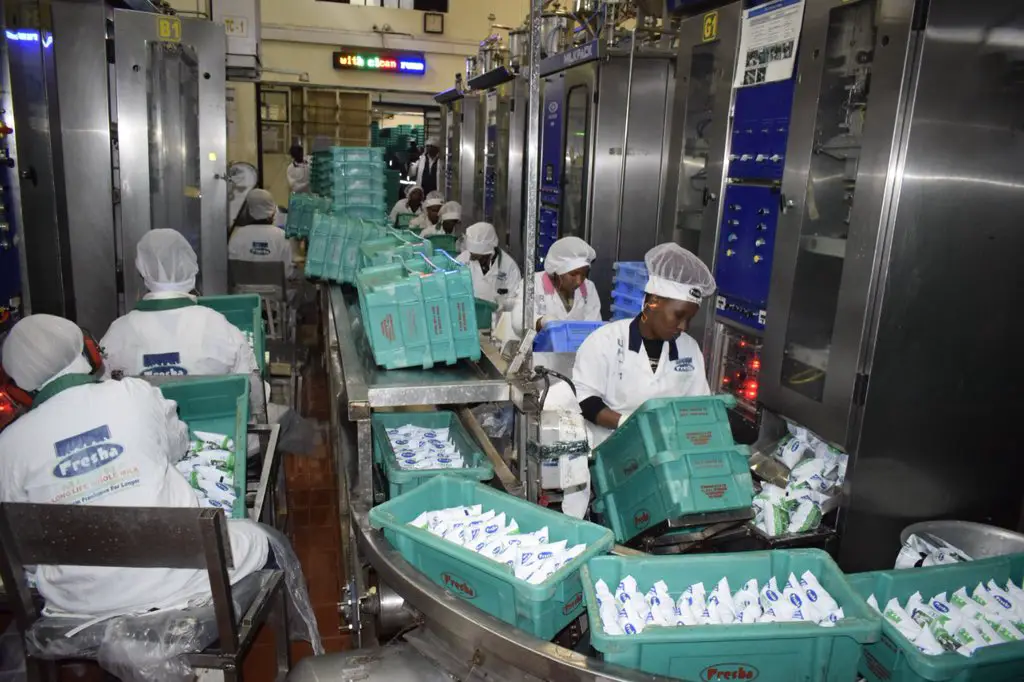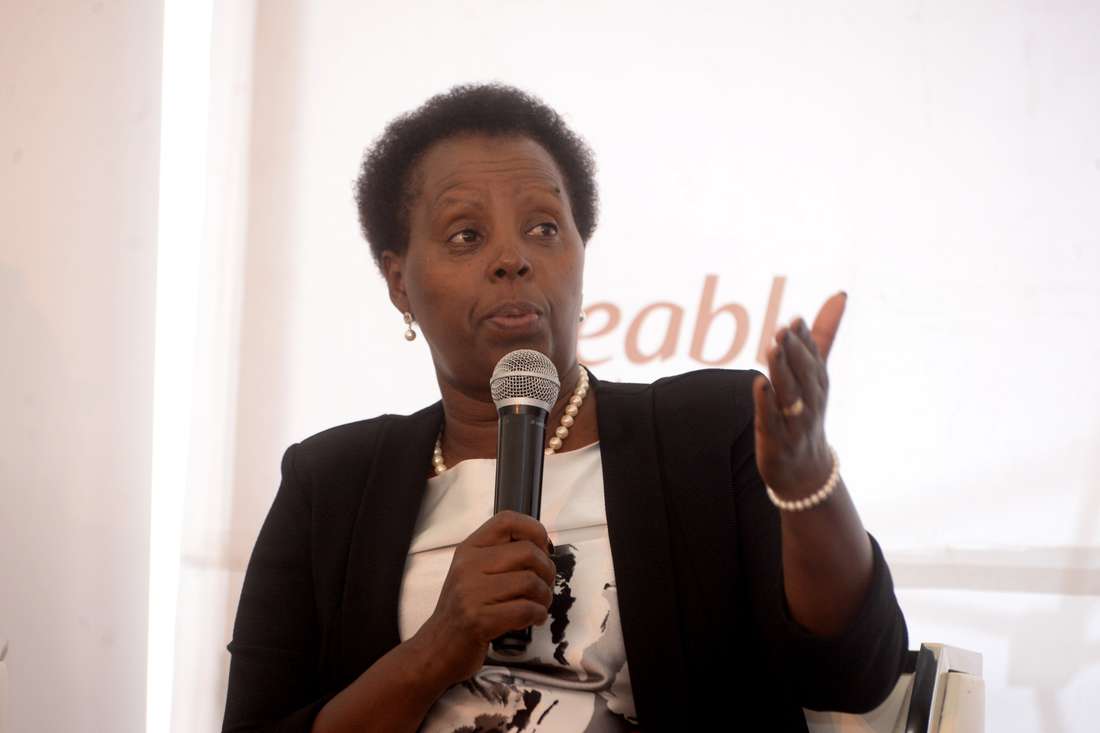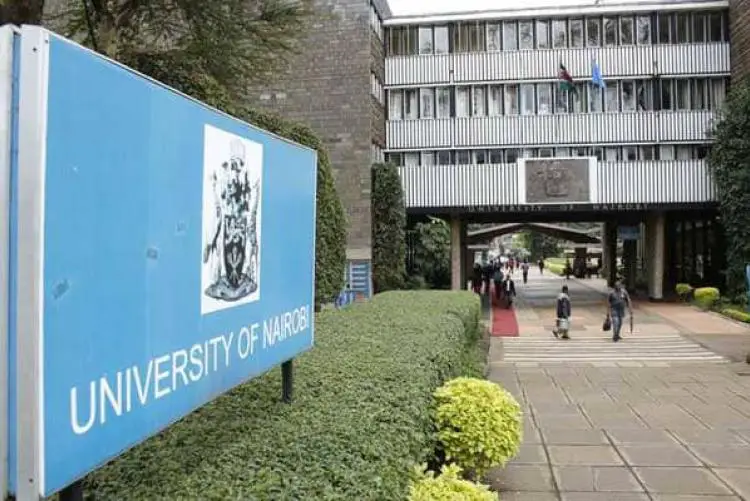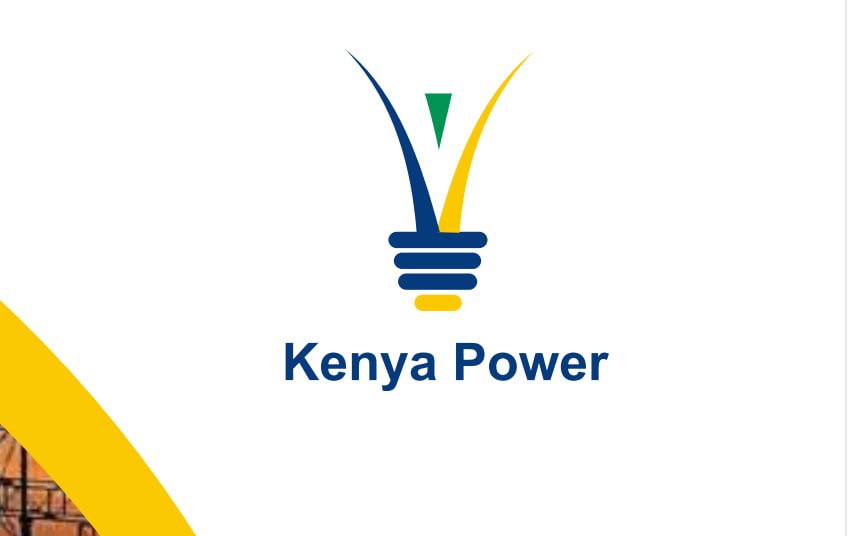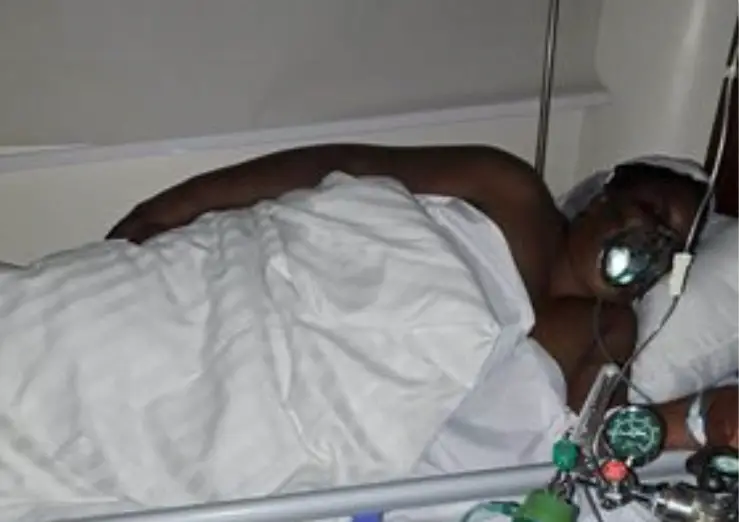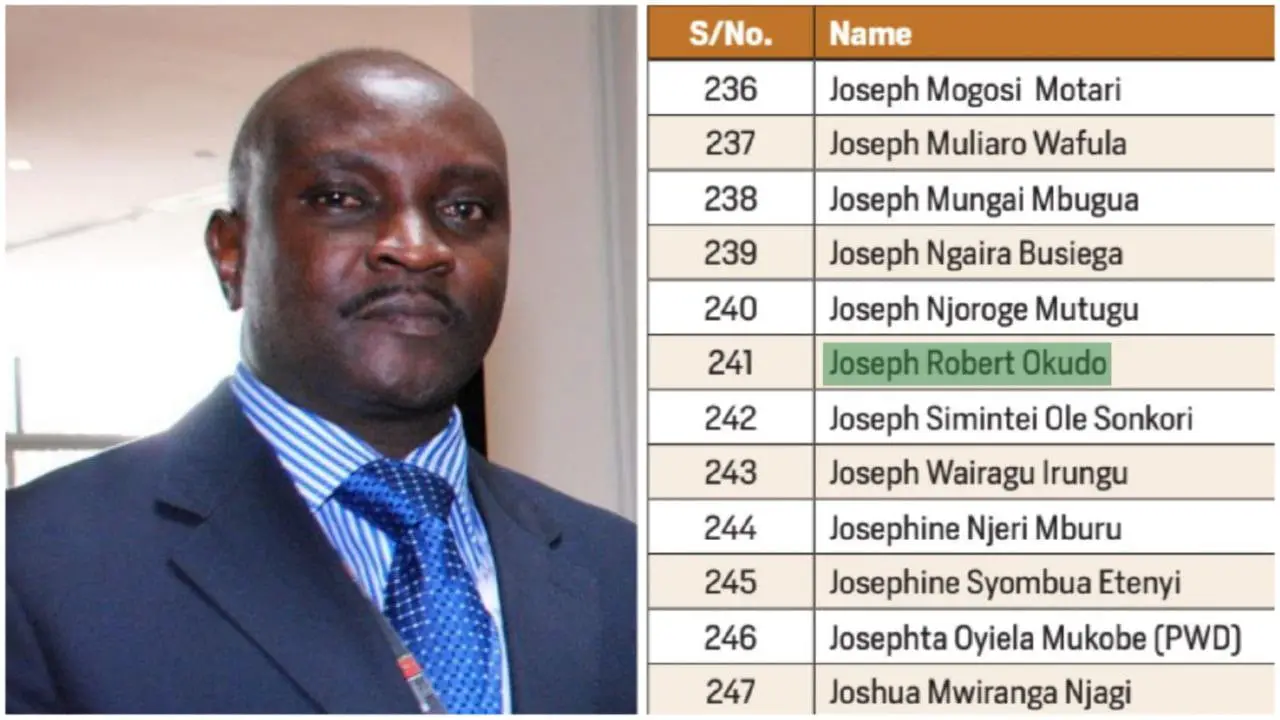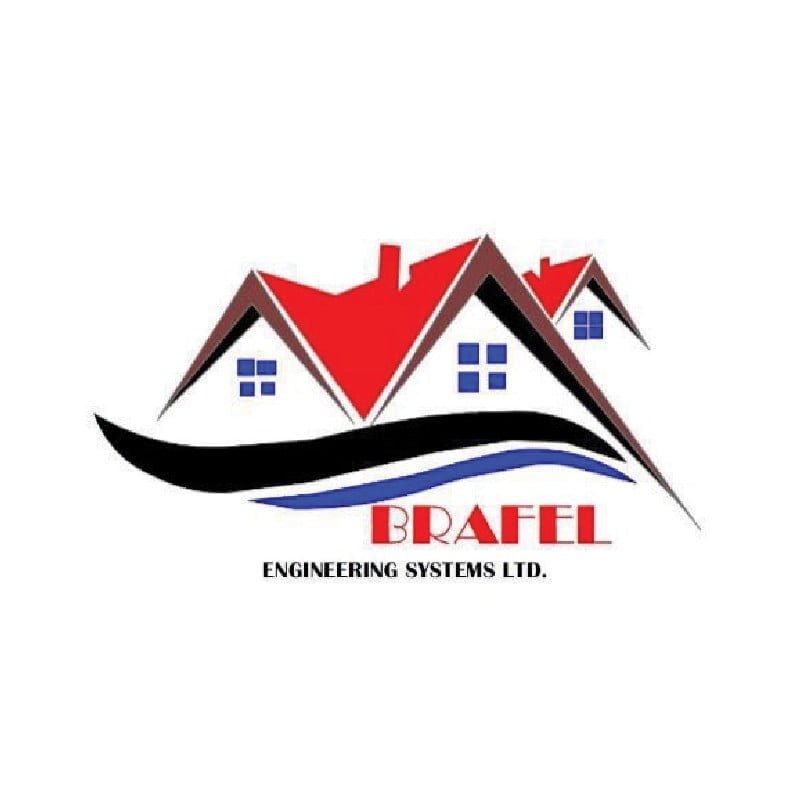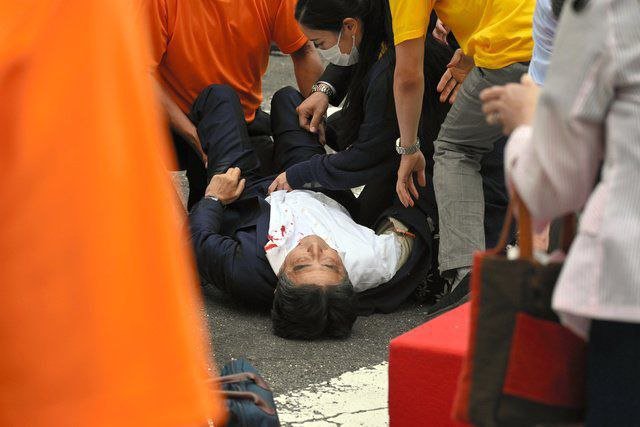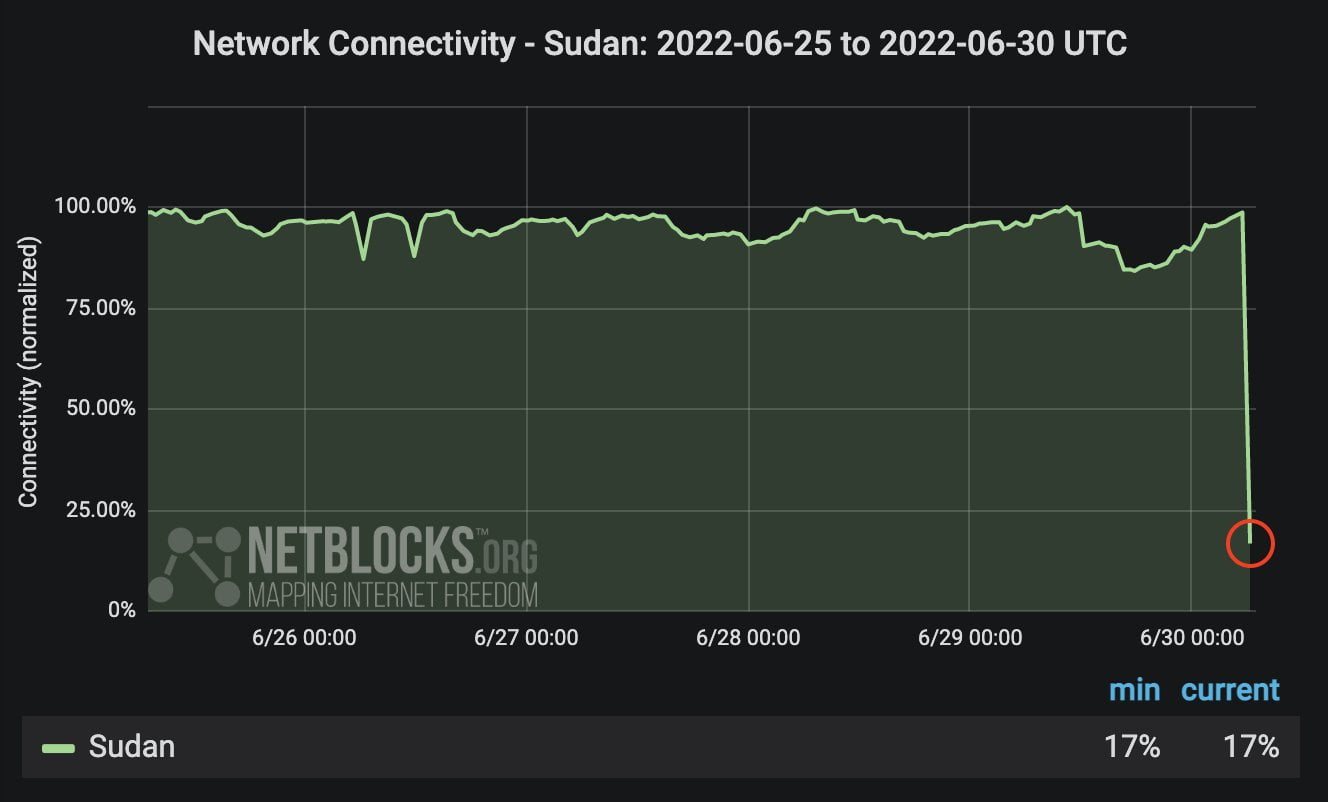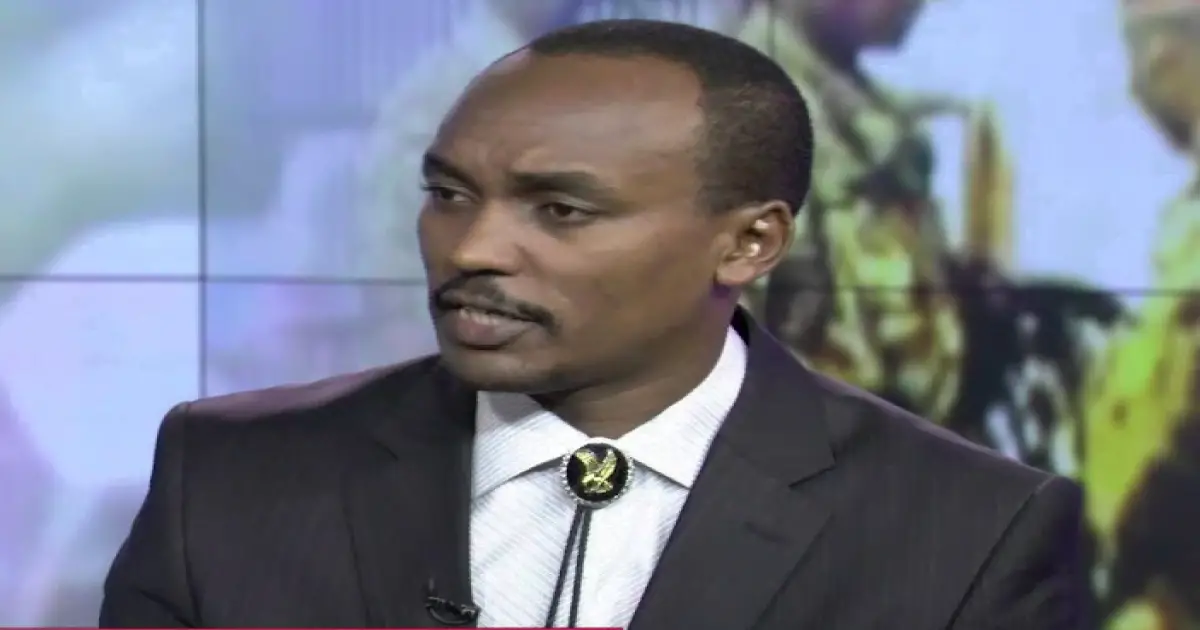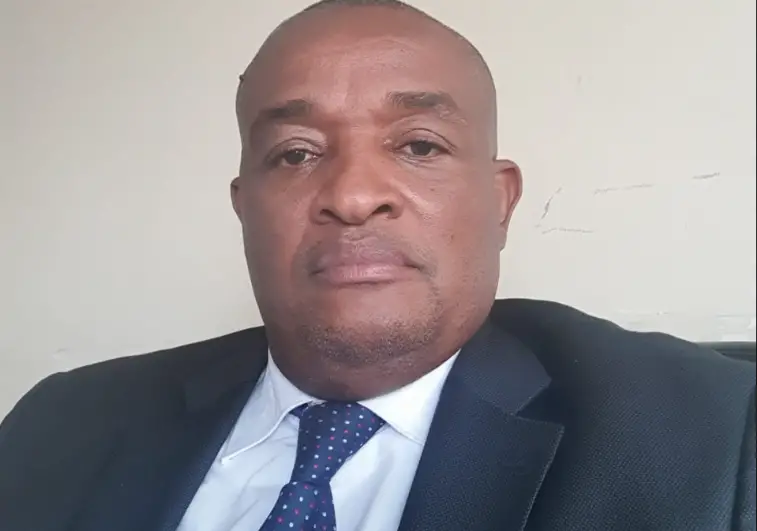
Harambee Sacco, one of Kenya’s leading Savings and Credit Cooperatives, is facing a crisis under the leadership of its chairman, Macloud Mukiti Malonza.
A man whose reputation is marred with controversy, Malonza has previously had multiple run-ins with the law.
In 2021, Malonza was ordered to deposit at the High Court Sh107,500 before his impounded public service vehicle which flouted city by-laws could be handed back to him.
The court heard that Malonza refused to visit the county offices to record a statement on violations of the Nairobi city-by-laws but instead resorted to evading the implementation of the due process of the law.
Malonza was accused of using the courts to secure the release of the impounded bus to avoid paying the requisite fees and charges for the vehicle.
Demonstrating his commitment to upholding the rule of law, Justice Weldon Korir rightfully directed Malonza to pay the penalties for breaching the law.
These allegations against Malonza help shed light on why he runs Harambee Sacco with such impunity.
During his tenure at Harambee Sacco, there have been reports of mismanagement and fraud, which have caused significant disruption to the organization.
Experts have warned that if immediate action is not taken, the previously thriving Sacco could continue to degrade until it eventually collapses.
In addition to these challenges, Harambee Sacco has been embroiled in several controversies, including allegations of massive financial scams and unresolved murders of senior officials.
For instance, the former Finance Manager, Benson Ojiambo, was murdered in 2012, just a week before he was set to appear before the Agriculture, Co-operatives parliamentary committee for questioning over alleged financial scams and massive fraud cover-ups.
Ojiambo was responsible for reconciling collections from cashiers and ATM withdrawals with computer entries and had prepared to present a report on the ATM scheme to the parliamentary committee.
Harambee Sacco has also suffered a rapid loss of membership, losing over 17,000 members in the last three years alone.
This loss has led to a payout of Sh4.82 billion.
The most loyal segment of the Sacco’s membership, its founder members, largely make up this ongoing departure.
To stay afloat, the lender recently borrowed Sh1.18 billion from a Kenyan bank, and its latest annual report shows that the amount borrowed from the bank increased to Sh3.32 billion during the review period, up from Sh2.14 billion the previous year.
However, Saccos are subject to strict regulations when it comes to borrowing money.
Industry norms dictate that they can borrow up to 25% of the total value of their assets, but only with approval from all members at an Annual General Meeting (AGM).
This limit is put in place to ensure that Saccos do not take on excessive debt that could put its financial stability at risk.
It also serves to protect the interests of members by ensuring that they have a say in the borrowing decisions made by the Sacco.
It is not clear whether Harambee Sacco adhered to these regulations when securing its latest loan.
Aside from the loss of membership and borrowing, increased lending and rising operating costs have been identified as contributors to the Sacco’s financial difficulties.
Furthermore, Harambee Sacco is in breach of legal requirements to maintain capital of at least 8% of total assets, with the ratio currently standing at 5.3%.
To build its capital base, the Sacco plans to limit dividend payment at 8% for the next three years and pay more on shares.
Late last year, the Ethics and Anti-Corruption Commission (EACC) launched a probe into Harambee Sacco and its officials over corruption and embezzlement of funds.
EACC is also investigating claims that the Sacco’s leadership sold several properties, including the Matundu lane Property in Westlands, the Harambee Sacco property in Donholm, the Harambee members’ property in Nyali in Mombasa, and another property in Parklands.
It is estimated that the two properties are worth Sh256 million, but the appropriated cash of the said other plots mentioned above is yet to be revealed but it involves millions.
According to a member of the Sacco, the management has continued to defraud the Sacco and has become rude at the same time.
The Sacco has attempted to sell some of its extensive real estate portfolio across the country to boost cash flows.
However, falling property prices forced the Sacco to suspend the sale plans a year later, putting to bed hopes of raising an estimated Sh1.7 billion from the land and developed properties.
The Sacco is now considering a fresh valuation of the properties in line with its policy to revalue its assets every three years and a renewed push to sell them off.
In 2012, the Sacco Societies Regulatory Authority (SARSA) found that Harambee Sacco was experiencing an acute liquidity crisis, with negative core capital and significant discrepancies between outstanding loan portfolio reports and provisions for loan losses.
These findings indicate poor financial management practices and a lack of oversight.
In 2015, an official at Harambee Sacco was sent on compulsory leave while an interim audit was conducted into controversial expenditures and inconsistent figures related to Front Office Savings Activities (FOSA) loans.
The audit uncovered questionable figures totalling Ksh 3 billion, further highlighting financial mismanagement and the need for tighter controls and oversight within the organization.


